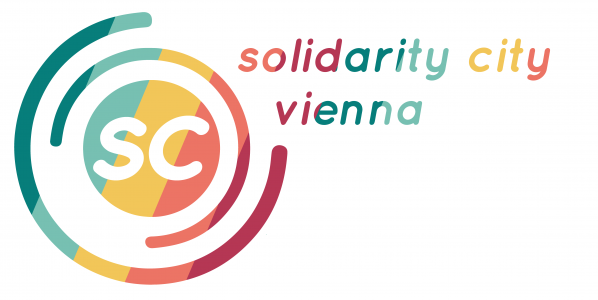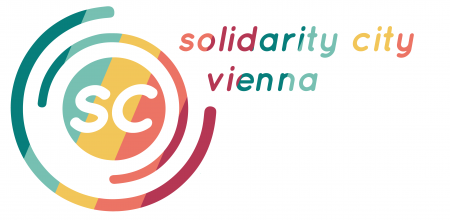Brunnenpassage is an art and social space located in a former market hall in Ottakring, Vienna’s 16th district. Brunnenpassage mirrors the area and its mixed demography – a melting pot of different cultures, such as Turkish, Serbian and Croatian – as it prides itself to be a “laboratory for transcultural art”. It is located next to the famous Brunnenmarkt, the longest street market in Vienna, surrounded by cafes and restaurants and bustling with crowds. Looking through the large window panes of the venue, you see a bright, expansive room, with Anne Wiederhold-Daryanavard, the artistic director of the Brunnenpassage, waiting for us to talk about this unique organisation full of inventive methods and approaches that connect art, diversity, learning and social change.
The image of Vienna
Vienna is known as a cultural metropolis. Some people equate Vienna with art, with Mozart and the Belvedere Museum, you could say that in Vienna art is all around you. But despite this omnipresent cultural atmosphere, easy access to art in Vienna is not the same for everyone. Especially for communities living in the outer districts, access to art can be complicated or restricted. “There are so many different languages you hear on street. The nearest school here has 90% of kids with migrant backgrounds. This is also typical Vienna, but not not corresponding to the typical upper-class image of the city. What does it mean to be a Viennese person? Who has access to art and to society? Who decides what art is? These are the questions we asked ourselves and for us the answer lies in the creation of Brunnenpassage”, tells us Anne Wiederhold-Daryanavard.
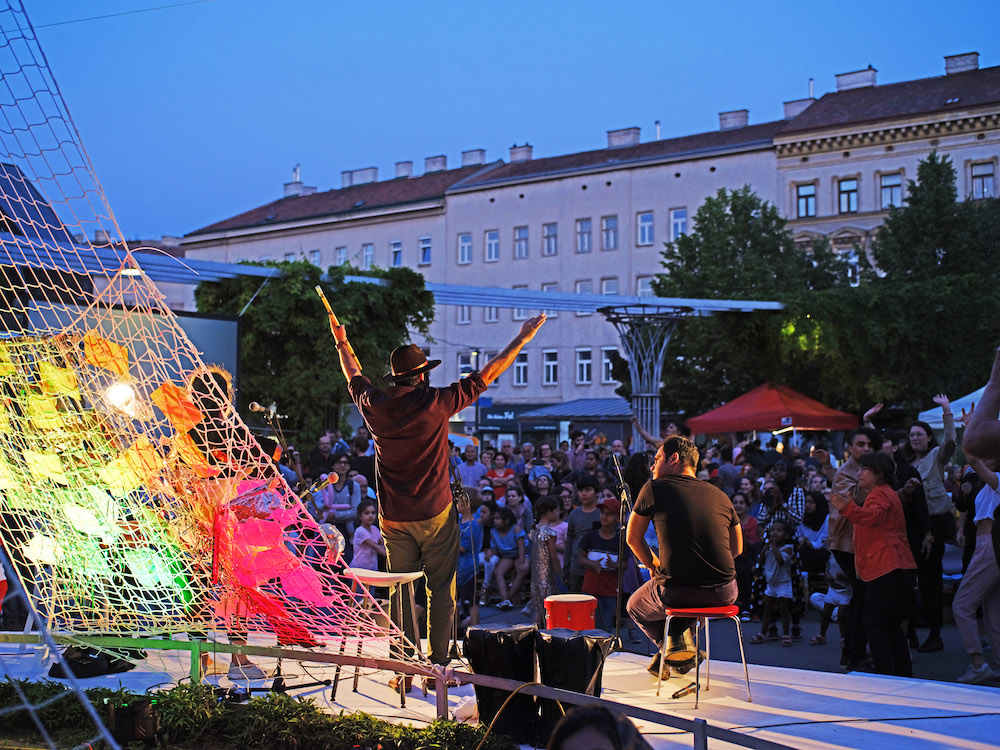
What is Brunnenpassage
Brunnenpassage is an “art and social space” with a very low and easy participation threshold. Entrance for the more than 400 events per year is “pay-as-you-can”. The event programme ranges from music and dance to theatre events. The special thing about Brunnenpassage is that you can participate at events not only as a spectator, but also actively in their creation. “For example, you can be a part of an Arab opera. I don’t have anything against Mozart, but in our opinion, in the 21st century we need to realise how diverse our society has become. This has not only to do with art, but also architecture and urban development field, in the context of how we live together in Vienna and in the world in general”, explains Anne.
Building bridges between cultures and spaces
Normally, one would not expect to see the world-renowned cello player and UN Peace Ambassador Yo-Yo-Ma, together with UN Secretary-General António Guterres at Yppenplatz, in Vienna’s 16th district. However, he performed a concert together with young artists in the Brunnenpassage, and the whole experience was free of charge. With events like this, the Brunnenpassage takes on the role of a bridge between the city centre, where many high-ranking art institutions are located, and the outer districts. By cooperating with museums or opera houses, Brunnenpassage tries to break down stereotypes. “We have a huge choir that sings together with an orchestra in the Opera House. For the audience it is a huge surprise to see people on stage who look and dress differently.” This cooperation is important to create new connections in the city. Brunnenpassage sees itself as a transdisciplinary laboratory with both a social and an artistic aspect in its work. “For example, our choir consists of hundred people, but has a Turkish conductor. It is the first choir in Austria where Austrians are singing, and a Turkish man is conducting.”
An open yet safe space
Openness is one of the core features of the Brunnenpassage. “I think it is very important to share spaces in society. Otherwise, communities become static. You see this all over the world, Turkish men in cafes, Austrian old ladies in other cafes, they are always segregated.” Therefore, it is an important objective for the Brunnenpassage that its premises are available to all communities, no matter how different they may be, explains Anne: “We don’t ask what language they speak, how long their asylum permission is. The idea is to bring the different parts of society together. It is important that it is a free decision to come because they want to come and not because they have to.”
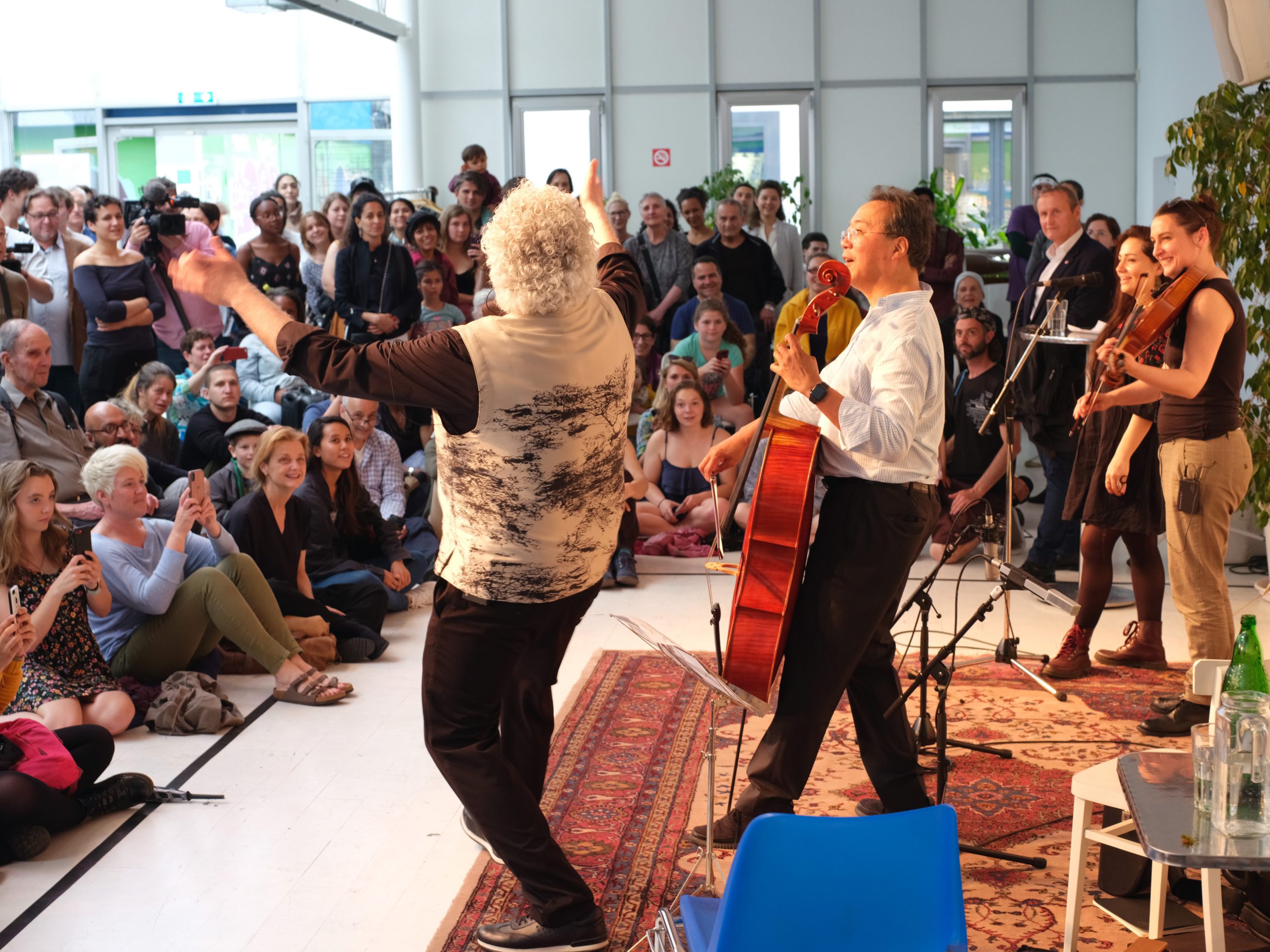
But at the same time, it is also important for the Brunnenpassage that its visitors feel comfortable and safe, even though it is a public place. “For example, gay Muslims from Nigeria come to Brunnenpassage and they tell us that they can be themselves when they are here.” As an example, Anne tells us about a project where 16 people from different refugee backgrounds, such as Iraq, Syria, Iran, or Afghanistan, were employed for one year in the Brunnenpassage. This gave them the opportunity to network with each other and to focus on their future goals. “In that one year one of them had time to prepare for entrance exams for university and is now studying acting in Salzburg. Someone else is studying at the Academy of Fine Arts. They are living their dreams.”
A diverse team encourages participation
The diversity found in the audience of Brunnenpassage audience is also reflected in the composition of the venue’s coordination team, which is, according to Anne, key for Brunnenpassage’s success: “Often people try to bring communities together, but they don’t succeed because their team is too homogeneous. For example, I come from Germany. If the whole team was made up of Germans, we would never reach the Arab community. If we hire people who speak Arabic, it is much easier. I had a Muslim colleague and since she has been working here, other Muslim women joined because they trust her. When you have such a diverse team, you also have access to different social media groups and have different ideas.” In addition to the 12 employees, asylum seeker volunteers also work for the Brunnenpassage, for example at the bar, as public coordinators, or for childcare.
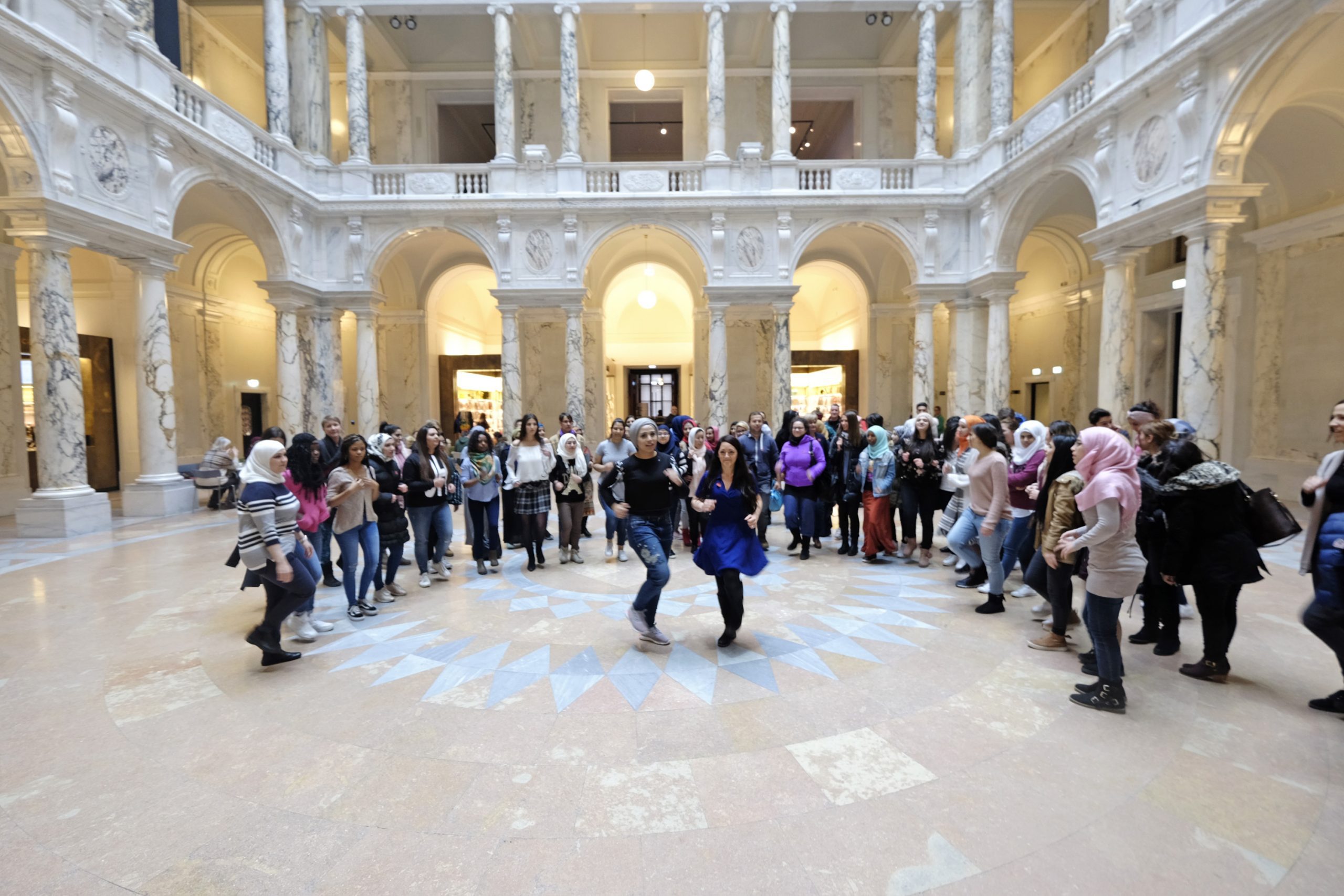
The financing of Brunnenpassage
The foundation for the Brunnenpassage was laid by the charity organisation Caritas in 2007 when they bought the buildings at Yppenplatz. In addition to the support of Caritas, the Brunnenpassage also receives funding from the Arts Department and the Integration Department of the City of Vienna, as well as from the Austrian Ministry of Culture and Social Affairs. However, Anne emphasises that the Brunnenpassage still has a free hand in putting together the programme.
Brunnenpassage’s future plans
The Brunnenpassage is known both nationally and internationally as an art hub with a social impact. In the future, the Brunnenpassage would like to work increasingly internationally, as Anne explains: “Last year the Mayor of Amsterdam visited us with a delegation of 65 people. I hope we can be a model project for other cities.” But Brunnenpassage also wants to be a pioneer for other districts in Vienna and also for rural areas: “The Mayor of Vienna asked me to write a concept for the 10th district, where there is a huge market. We found a market stand and we work there with the same methods as here. It is a question of funding from the municipality because in many other districts it would be helpful to have shared spaces like ours.” Through its work, the Brunnenpassage has already gained international fame. For example, it was in 2020 selected by the European Cultural Foundation to be part of their European Pavilion project. Their project “Story: Telling! Europe” within the European Pavilion, involves people from marginalised groups, and invites them to tell hidden stories.
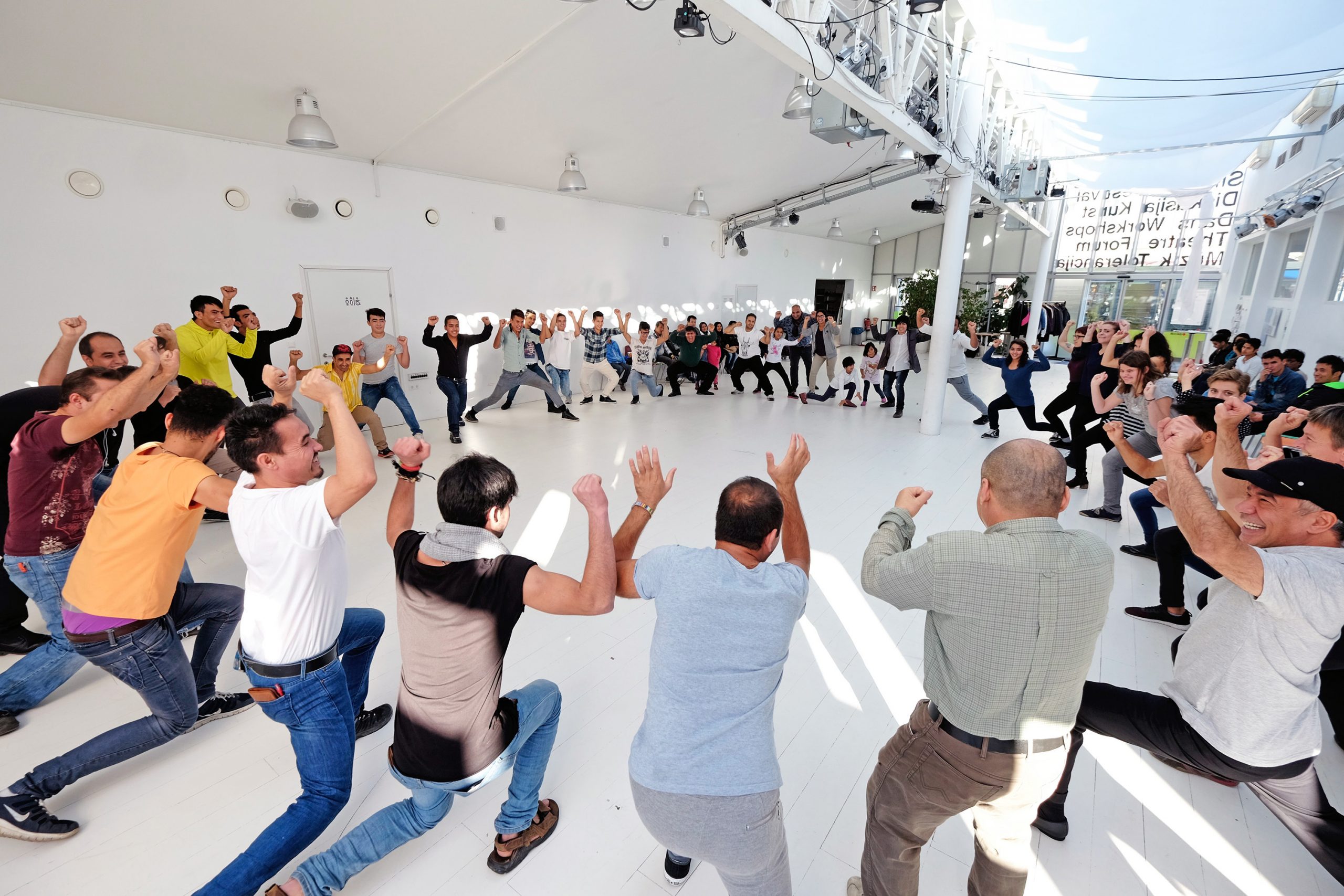
Brunnenpassage’s Message
Brunnenpassage has a clear message, and that is that art can change the world. As Anne Wiederhold-Daryanavard explains: “Activism and art work together. It is like acupuncture, where you have many points in the body to stimulate. In the society of Vienna there are also many points where you can really make a change and inspire. We need to show people what Europe is. Show them a new way: post national, post colonial, post migrant. We need more spaces like Brunnenpassage.”
Get involved! You can attend many events and participate in workshops at Brunnenpassage!
Address: Brunnengasse 71, 1160 Wien, Austria
Interview by Jorge Mosquera.
